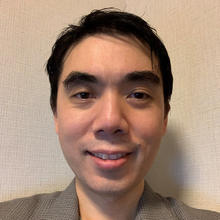
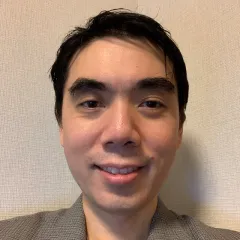
Alan is the SIMULIA Sales Director for AP South and is responsible for Sales Management of the SIMULIA products. Prior to this role, he was also the technical leader for SIMULIA in AP South. Alan Joined DS Japan in 2009 as a presales consultant, progressing to Fatigue Lead in the Asia Pacific.
Prior to DS, Alan worked in a Japanese consulting company responsible for structural and geotechnical analysis. He also worked as a Postdoctoral researcher for the Tokyo Institute of Technology, under the Center of Urban Earthquake Engineering. Before Japan, He was a member of the faculty at the University of the Philippines, teaching Solid Mechanics, Advanced Engineering Mathematics, and Design of Concrete and Steel Structures.
He holds a doctorate from the Department of Civil Engineering, Tokyo Institute of Technology, and had his Master's and Bachelor's degrees in Civil Engineering from the University of the Philippines, Diliman.
Opening Remarks, What's New in SIMULIA Structures and Electromagnetics Portfolio?
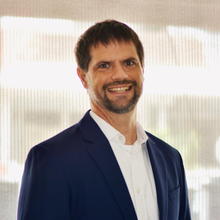
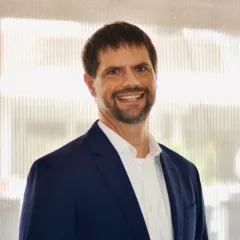
Klaus KROHNE received his Diploma in Electrical Engineering from the Darmstadt University of Technology, Germany in 2002 and his Doctor of Sciences from the Swiss Federal Institute of Technology (ETH) in Zurich, Switzerland in 2007. From 2007 to 2009 he was a Researcher with the A*Star Institute of High-Performance Computing in Singapore. His research interest is in the area of electromagnetic simulation and component optimization techniques. In 2009 he joined CST (Computer Simulation Technology) South East Asia Pte Ltd in Singapore, which was acquired by DASSAULT SYSTEMES in 2016. Today Klaus is responsible for the SIMULIA sales and technical sales in the Asia Pacific.
SIMULIA Brand Update & Highlight
SIMULIA is a Simulation brand within Dassault Systèmes, the 3DEXPERIENCE company. We provide technology for simulation in each domain – covering Structures, Fluids, Electromagnetics, Multibody, Vibro-acoustics, and Automation & Optimization. This presentation offers a brief overview of these technologies and illustrates that you are using the same technology (per domain) whether you are a standalone product user or are a 3DEXPERIENCE platform user. We then highlight multidisciplinary and multiscale solutions of select industry processes and workflows. We also introduce a new unified licensing model that provides access to all solvers from the same license pool. The new model includes a cost-effective approach to encourage simulation-based design exploration. The presentation concludes with a peek into the remainder of the RUM agenda, including deep-dive sessions in each domain.
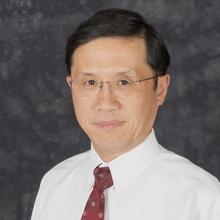

Allan Zhong is the Halliburton Distinguished Scientist, Halliburton, a strategic and visionary technology leader with broad engineering/research experience and a proven track record to drive innovation and new product development, deliver results with commercial impact. He has 7 issued/15 pending US patents. He has also published more than 60 technical papers. Prior to Halliburton, Allan worked at Goodyear Tire and Rubber Company, where he developed an industry-leading fracture mechanics-based truck tire durability model. He is a Fellow of the American Society of Mechanical Engineers (ASME) and a member of the Society of Petroleum Engineers (SPE). He earned a Ph.D. in applied mechanics from the California Institute of Technology.
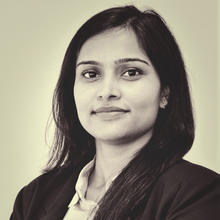
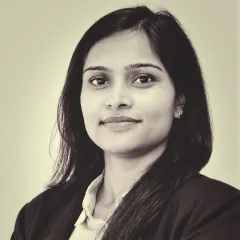
Neha is an Industry Process Consultant specialist at Dassault Systemes. She is based in Singapore. She has a PhD degree in Structural Engineering from NUS. Her domain of expertise are non-linear finite element analysis, fracture mechanics and structural integrity assessment.
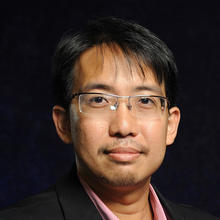
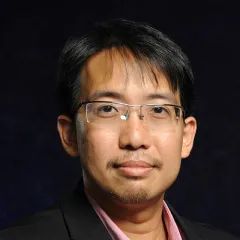
Lin Biao WANG currently works in Continental Automotive Singapore as an EMC Designer/Architect. He is also the lead for the Global EMC Architect team. He is a holding the Senior Technical Expert title in the field of “EMC Modeling and Simulation”.
He also assumes an additional responsibility of “Location Experts Spokesperson”, where he works on fostering collaboration and knowledge sharing between the Singapore Expert Community and the colleagues across the business units in Singapore.
Lin Biao currently serves in the IEEE EMC Society (Singapore Chapter) as the Chapter Chair. He is also the award recipient of “The 2019 IEEE EMC Society Young Professional Award”. He is also recognized in Simulia’s inaugural “2020 SIMULIA Champion”.
Fullwave Simulation and Analysis of Portable Transmitter Immunity Testing
Performing virtual prototyping to understand and solve EMC problems is becoming a norm in a typical product cycle. There are various forms of EMC simulations that can be performed. Of the many types, immunity simulation is one the most beneficial as the results obtained through measurements are difficult and almost impossible to quantify due to potential risks of equipment damage and human safety concerns associated with it.
In this presentation, 3D EM simulation is applied to model and analyze the impact of the field coupling to the DUT. Systematic analysis through gradual inclusion and impact of each individual component, such as the mobile transmitter antenna, PCB, TFT display, and metallic housing will be discussed. Through the use of 2D field plots and 3D field animations, it was possible to focus on the root cause of the problem. Having identified the source, virtual prototyping was applied to improve the robustness of the design.
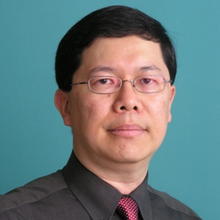
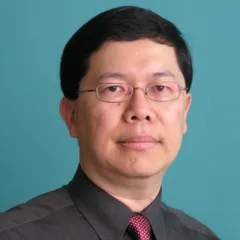
Tse-Tong CHIA received a B. Eng. Degree (first-class honors) from the National University of Singapore in 1986 and his M.S. and Ph.D. degrees from Ohio State University in 1991 and 1994, respectively. He has been with the DSO National Laboratories, Singapore, since 1986, where he held various roles. He is currently a Distinguished Member of the Technical Staff. He is also an adjunct Senior Principal Research Scientist at the Temasek Laboratories at the National University of Singapore. His former interests were in computational electromagnetics and scattering.
Now he focuses mainly on electromagnetic design and applications, including lenses, reflectarray/transmit array antennas, and metasurface. He has more than 10 years of experience using CST Microwave Studio. He actively supervises students from as young as 15 years old to undergraduates in school projects and internships and introduces them to CST as the electromagnetics simulation software of choice.
Design of Cost-Effective Metasurfaces for Efficient Broadband Polarization Conversion
In this talk, we will present two novel cost-effective metasurface designs which can achieve broadband polarization conversion. The designs are optimized in CST Microwave Studio Suite to obtain the set of parameters that gives the highest polarization conversion ratio (PCR) for the largest frequency range. We fabricated two prototypes. The first prototype achieved a PCR>0.9 between 8.9 and 12.2 GHz. The second prototype achieved a PCR>0.9 between 8 and 17.85 GHz.
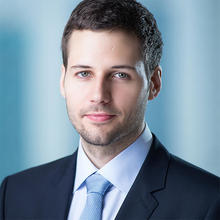
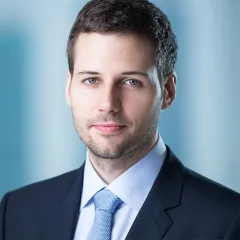
Matthias MEIENHOFER holds a Bachelor’s Degree in Electrical Engineering and a Master’s Degree in Industrial Technologies from Hochschule für Technik Rapperswil in Switzerland. He moved to Singapore in 2016, after completing his Master's Thesis there, at Nanyang Technological University.
After working as an Antenna Designer at a large company within the medical devices sector, he joined Dassault Systèmes Singapore in 2018. Mr. MEIENHOFER has since been working as a consultant for Electromagnetic Simulation, leading and supporting engagements across Asia Pacific South.
Conclusion

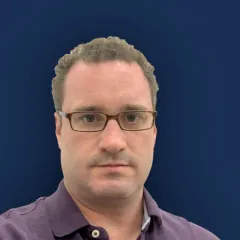
Brent FILLERY, SIMULIA Industry Process Consultant, Senior Specialist, is currently part of the AP South team-leading SIMULIA engagements within South East Asia and Australia. He has a background in structural mechanics, with a specific focus on fatigue and fracture, and extensive experience with process automation and robust design workflow implementation. Prior to returning to Australia in 2019, he lead structural analysis teams associated with aero and industrial gas turbine development programs. During this period he contributed to the development of hardware and technology spanning Fan, Compressor, Combustor, and Turbine sub-systems including entry into service and test vehicle platforms. Here he gained first-hand knowledge in topics such as whole engine and component level thermo-mechanical modeling, rotatives engineering, airfoil structural dynamics, and rotor dynamics.
Batteries and electric drives: Multiphysics-multiscale-driven design
An overview of the Dassault Systemes battery modeling capabilities from atoms to system. Focus in this presentation is placed on 3D modeling aspects from parametrized designs to engineering KPIs: a) 3D Cell engineering including thermo-electrochemistry in charge/discharge applications and associated swelling, short circuit, and thermal runaway; and b) Module/Pack Engineering focusing on durability, thermal management, and safety applications.
The 3DEXPERIENCE platform can be used to facilitate collaboration across entire organizations and functions. In this example, we will demonstrate how the 3DEXPERIENCE platform can be used to facilitate the design of an e-drive motor from requirements and test planning to conceptual design, and all the way to detailed design and performance analysis. Batteries and electric drives: Multiphysics-multiscale-driven design.

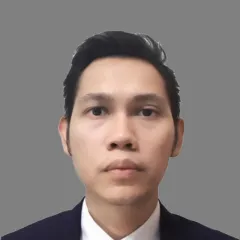
Radit is a Senior Consultant for the Advanced Analysis Group in Worley where he does consulting for offshore energy projects, as well as technical support roles for the SIMULIA software portfolio. He holds a PhD from the Civil Engineering Department of NUS, with research interests including fatigue and fracture of welded connections, and ice-structure interactions. Prior to joining Worley, he has worked as an academic researcher and as a structural engineer in the civil and shipbuilding industry.
Practical Simulation of Wave-structural Response of a Novel Gravity-Based Offshore Platform Using a Coupled FSI Analysis
Worley’s team has had the opportunity to design a unique, novel gravity-based offshore platform in the Caspian Sea. The platform’s substructure is a four-legged semi-submersible intended to sit on the seabed while withstanding harsh environmental loadings of the region. As one of the first platforms of its type, the design process is met with challenges that requires solutions outside of the design code conventions. The hydrodynamic load is a key design component that is addressed typically using Morison’s Equation for slender structures. Yet, the geometry of the substructure falls outside of the equation’s validity range, and thus requires an alternative, more detailed approach. The power of SIMULIA’s XFlow enables a coupled fluid-structure interaction analysis that address the need for hydrodynamic loading. The mapped hydrodynamic pressure represents a realistic wave actions, and when combined with the ice actions and soil-structure interaction modelled in Abaqus, they enable the design team to achieve robust and optimum design even for concepts that is outside of the industry standards.
Co-Author: Chee Wei Tan, Muhammad Nur Badruddin, Edrick Lo, Worley Digital
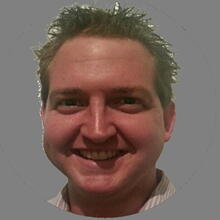
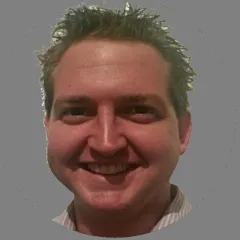
Nathanial is the Electromagnetics Product Manager for Simuserv Australia and New Zealand, providing technical support and expertise to CST and OPERA clients. With over 18 years of practical experience in the Electromagnetics industry, Nathanial has both designed and provided consultation across the development of Antenna design, Phased antenna arrays, Biological Electromagnetic effects, and Radar Cross sections. As part of his current role, Nathanial has provided guidance on strategic developments for clients who include Defence Science Technology Group, Boeing, and EMVision.
CST BioEM Simulation with EMVision
An overview of BioEM simulation using CST Studio Suite focusing on the tightly integrated solvers and support for voxel biological material data. The focus will be on the customer success story of EMVision a cutting-edge technology company developing a portable brain scanner for rapid, point of care, Stroke diagnosis, and monitoring who are using CST Studio Suite for rapid accurate prototyping of new designs. The results of a case study on the use of both local GPU acceleration and the use of the 3DEXPERIENCE CST on Cloud computing service on a standard model will also be presented.